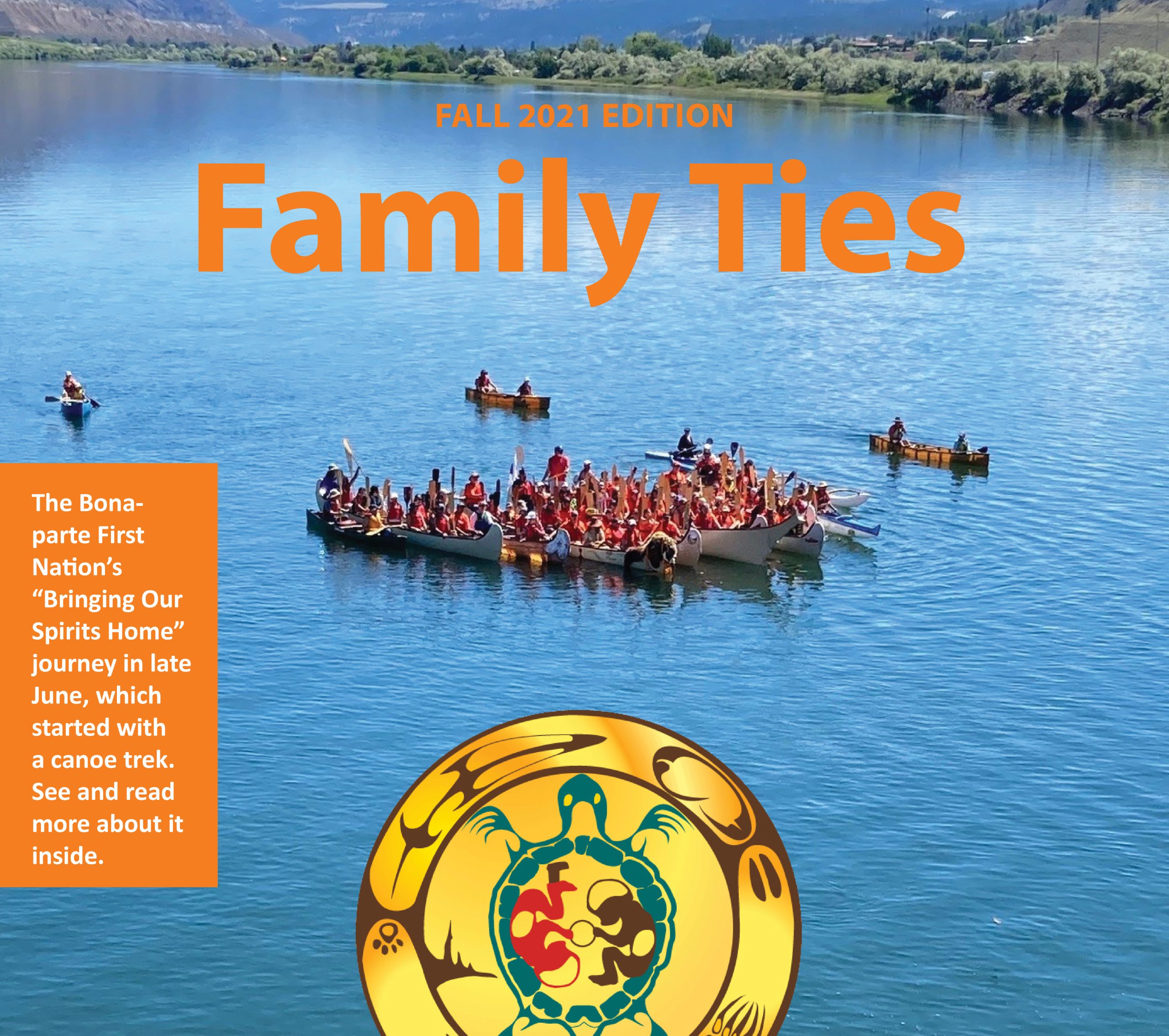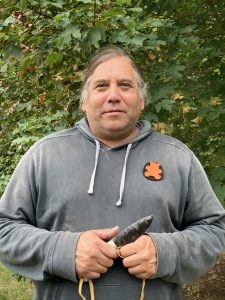
In 2018, with Dr. Cindy Blackstock’s permission, a Distinguished Service Award was created in her honour. Dr. Cindy Blackstock is tireless in her vision of improving the conditions for Indigenous children and families, notably in education, health care, and child protection. The Dr. Cindy Blackstock Service Award is given to an employee in recognition of their outstanding contribution to the children and families that are served by Secwépemc Child and Family Services and in appreciation for their commitment/dedication towards realizing Dr. Blackstock’s vision for all First Nations children.
This year, the third recipient of the Cindy Blackstock Award is Cultural Team Leader, Lyle Thomas.

Here’s what Renee Narcisse, Elder Coordinator, said about Lyle in her nomination: “Lyle Thomas is a great source of information for anyone who comes across his path. He has so much knowledge of our Secwépemc culture and is willing to share it with anyone who asks. With the help of others, he has created a powwow for the children and works tirelessly to ensure that no one is forgotten. He works at building community relations by hosting barbecues and is there to support when called upon, whether in the urban community or within the Secwépemc Nation. Lyle is above anything fair to those that he deals with, and he will assist whether it is a cultural issue or if a person is having trouble to understand issues that they may be dealing with. I have had the great fortune to work alongside Lyle for the past two and a half years and I learn something new all the time. He is committed to making situations better for everyone that he comes across. I always tell him, ‘You will probably forget more about culture than I will ever know.’ I am proud to work beside him and to learn from him. He makes coming to work fun and we always have a good chuckle in the morning. We support each other personally as well as professionally, and he makes me want to be a better person, to work harder for the people. I can go on forever about how having Lyle as a colleague has benefited our colleagues. I could go on forever, however, I hope that this is enough to put Lyle in the running for the Dr. Cindy Blackstock Award. He is a true role model for everyone.”
